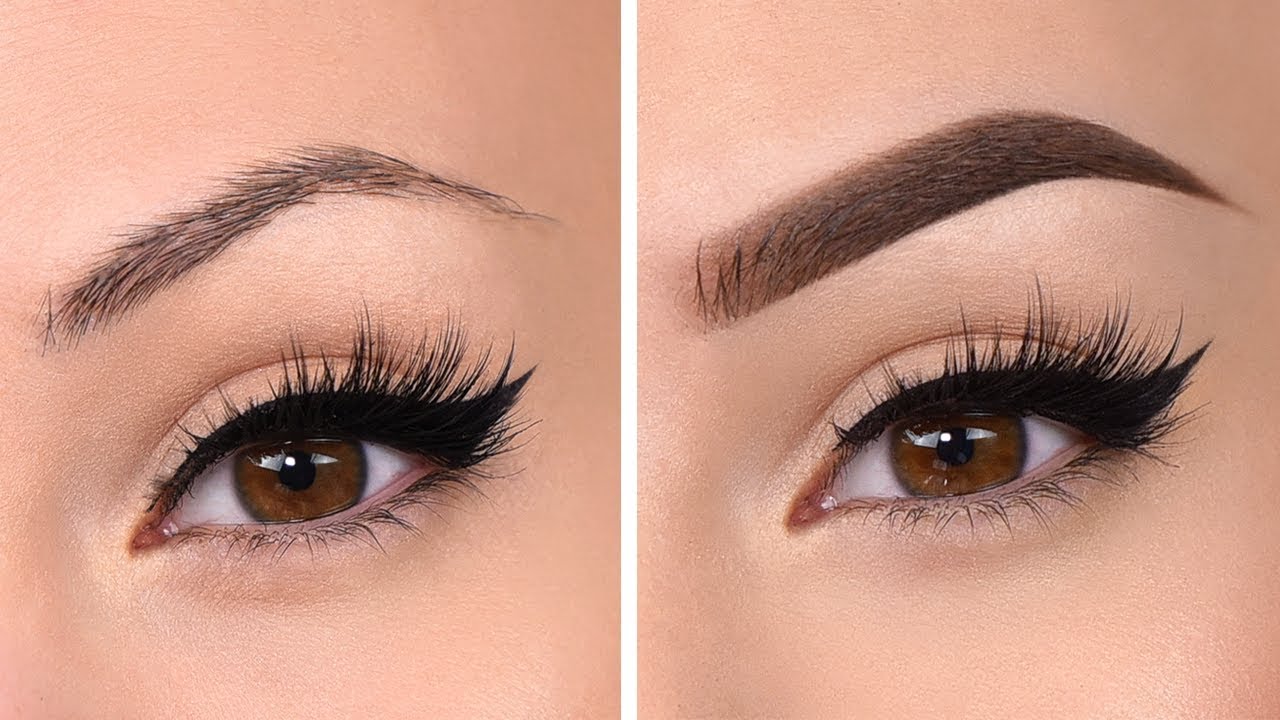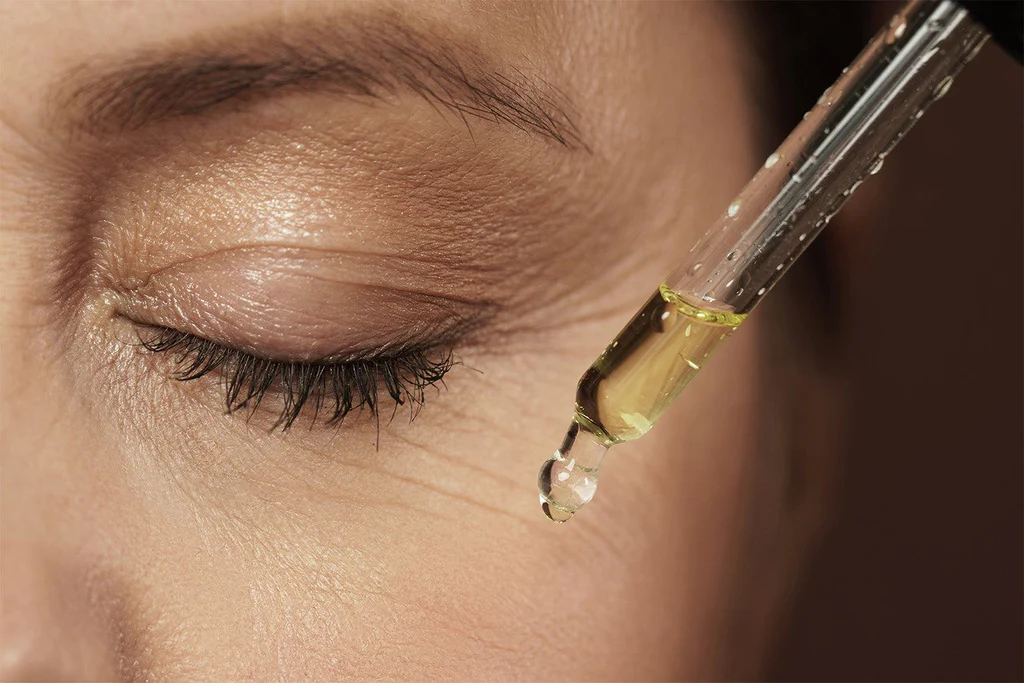
 By
Your Beauty Plug
By
Your Beauty Plug
Have you ever wondered what it would be like to have two rows of eyelashes instead of one? You might think that it would make your eyes look more glamorous and attractive, but the reality is not so simple. In fact, having an extra set of eyelashes can cause a lot of problems for your eyes and vision. This condition is called distichiasis, and it affects both humans and animals. In this blog post, we will explain what distichiasis is, what causes it, how it differs from normal eyelashes, and how it can be treated.
Distichiasis is a rare genetic disorder that causes a person to have two rows of eyelashes on one or both eyelids. The extra eyelashes grow from the inner lining of the eyelid, called the meibomian gland, instead of the normal lash line. These abnormal lashes are usually thinner, shorter, and softer than normal lashes, and they tend to grow inward toward the eye. This can cause them to rub against the cornea (the clear front surface of the eye) or the conjunctiva (the thin membrane that covers the white part of the eye), causing irritation, inflammation, and damage.
Distichiasis can be either congenital (present at birth) or acquired (developed later in life). Congenital distichiasis is inherited from one or both parents, and it is usually associated with a mutation in the FOXC2 gene. This gene is involved in the development of the lymphatic system, which is responsible for draining excess fluid from the tissues. Some people with congenital distichiasis may also have lymphedema, which is swelling of the limbs due to fluid accumulation. This condition is called lymphedema-distichiasis syndrome.
Acquired distichiasis can be caused by various factors that affect the eyelid, such as chronic inflammation, infection, trauma, surgery, or chemical injury. These factors can stimulate the growth of abnormal lashes from the meibomian gland, which normally produces oil to lubricate the eye.
Normal eyelashes are designed to protect the eye from dust, debris, and foreign objects. They also help to distribute tears evenly over the eye surface, keeping it moist and healthy. Normal eyelashes grow from the edge of the eyelid, and they have a natural curve that prevents them from touching the eye. They are usually thick, long, and stiff, and they shed and regrow every few weeks.
Distichiasis, on the other hand, is a disorder that causes abnormal eyelash growth that can harm the eye. The extra eyelashes grow from the inner lining of the eyelid, and they often point toward the eye. They are usually thin, short, and soft, and they do not shed or regrow. They can cause constant friction and irritation to the eye, leading to symptoms such as:
Distichiasis can be diagnosed by an eye doctor during a comprehensive eye exam. The doctor will use a special microscope called a slit-lamp to examine the eyelids and the eye surface. The doctor may also use a dye to stain the cornea and check for any damage caused by the abnormal lashes.
The treatment for distichiasis depends on the severity of the condition and the symptoms. Some people with distichiasis may not need any treatment if they do not have any discomfort or eye problems. Others may need to use artificial tears, lubricating ointments, or anti-inflammatory eye drops to relieve the symptoms. However, these treatments are only temporary and do not address the root cause of the problem.
The definitive treatment for distichiasis is to remove the extra eyelashes permanently. This can be done by various methods, such as:
The choice of treatment depends on the number, location, and type of abnormal lashes, as well as the preference and availability of the patient and the doctor. The goal of treatment is to eliminate the extra eyelashes and prevent any further damage to the eye.
There is no way to prevent congenital distichiasis, which is inherited from your parents. However, you may be able to prevent acquired distichiasis, which can occur as a result of injury or inflammation to your eyelids. Some of the preventive measures you can take are:
Distichiasis can cause blindness if it is left untreated and causes severe damage to the cornea. The cornea is the clear front layer of the eye that helps to focus light and protect the eye from infection and injury. If the extra eyelashes of distichiasis rub against the cornea, they can cause scratches, ulcers, scars, or infections that can impair the vision or lead to blindness. Therefore, it is important to seek medical attention if you have any symptoms of distichiasis, such as redness, irritation, pain, or blurred vision. There are various treatments available to remove the extra eyelashes and prevent further complication.
Here are some frequently asked questions about distichiasis:
I hope this blog post helps you understand more about normal eyelashes vs distichiasis. If you have any questions or comments, please feel free to leave them below. Thank you for reading!




